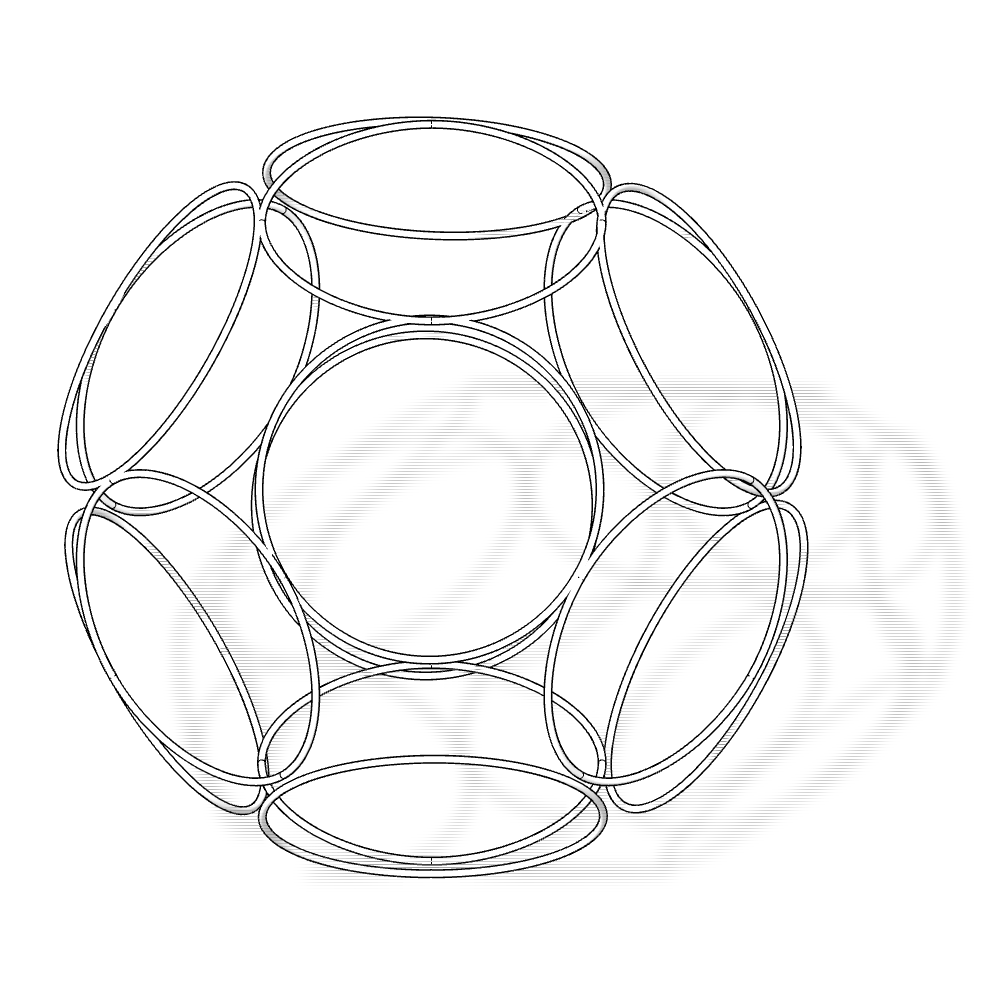The Container
&
The Contained
- Charlotte, US
Winter 2022
Team: Parham Pazouki, Hanieh Sotudeh, Hannah Guffey
Semester-Long
Instructors: Rachel Dickey, Christopher Bejger
Role: Ideation, Scripting, Video Production
Awarded Winner of the Studio Competition to be built over summer in full scale (More)

Competition
During a semester-Long Studio, a competition were held to design proposals for a Nanoscale Science Pop-Up Museum and built full-scale components . Specifically, the projects sought to demonstrate in grand, larger-then-life style the structure and inner workings of metal-organic frameworks, or MOFs. MOF’s are described as crystalline porous solids composed of a three-dimensional network of metal ions held in place by organic linkers. MOFs are central to Christopher Bejger’s research which is focused on the design, synthesis, and assembly of molecular clusters for energy applications. Bejger, Professor at the chemistry department at UNCC, received a National Science Foundation (NSF) CAREER Award from the Solid State and Materials Chemistry program in the Division of Materials Research. The award included the interdisciplinary work with Rachel Dickey and her students to create a teaching tool for school and community settings that would make learning about MOFs experiential, interactive, and fun.
First Phase, Studio Design
The Container & the Contained is a pop up science museum and installation to reflect UNC Charlotte’s Chemistry academia on the topic of the MOF ;Metal Organic Framework, with the collaboration of the Architecture department. This pop up installation was designed specifically around the study of the Gyroid to focus on the recently introduced concept of gyroid MOF ( GMOF).
The design of this Gyroid was based around the fluctuation of numbers within the mathematical equation of a generic gyroid to compute one of unique value to our design for this pop up science museum. The colors of the fabric reflect the colors components of the TA^2-0^2 structure, the gyroid structure of STU-1, and The AU Gyroid structure. Held together by 3/4’’ aluminum pipes that span 8’ and 12’ in height and 8’ in length, the framework of the gyroid is created. The minimal surface is fabricated through strategically cut and sewn fabric to emulate the minimal surface of the Gyroid.




Design Process Based on Metal Organic Framework Concept

Final Semester Prototype
Second Phase, design adjustment and full scale durable fabrication strategies
To align more with intended research area about MOF, the design has been changed in the following semester of the competition. The main inspiring MOF image for further adjustments was MOF-14 with the P minimal surface inside it. Hence, the gyroid minimal surface has been adjusted to fit inside a new type of circular frame which can also host a p minimal surface and resemble both the MOF-14 and GMOF.

Two MOF-14 frameworks (blue and red) interwoven about a P-minimal surface without intersecting the surface.


New Frame with different Minimal Surfaces



Minimal Surfaces on the same frame
